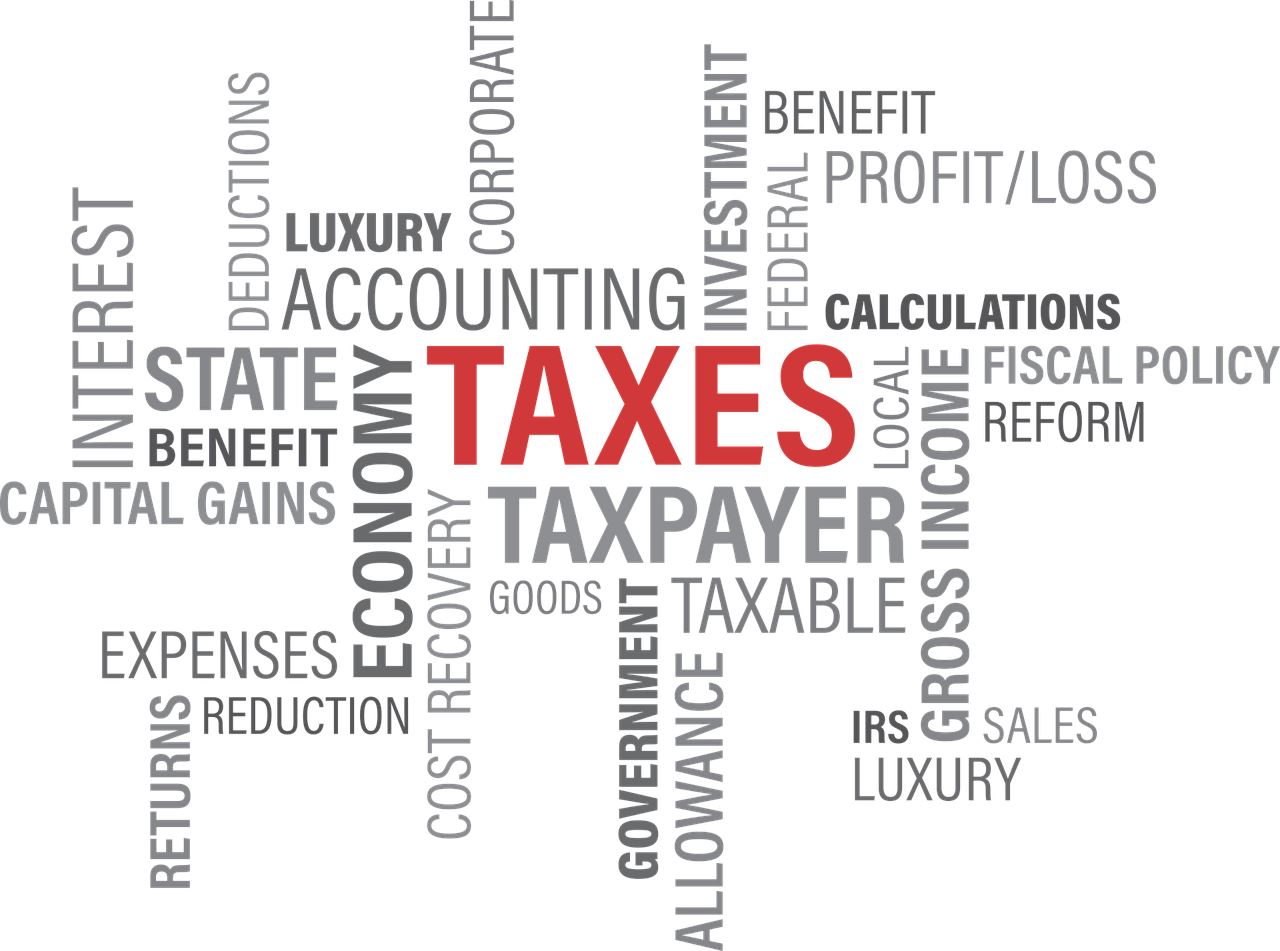By Frank Andorka, Senior Correspondent
What Happened:Sammy Roth of The Desert Sun is one of my mainstream solar writers, and he takes a fascinating look at the Trump Administration’s decision to reopen the Desert Renewable Energy Conservation Plan.
- The Trump Administration and Secretary of the Interior Ryan Zinke talk about reopening the Desert Renewable Energy Conservation Plan, which was finished in 2016 and was designed to balance environmental protection and renewable-energy development.
- But even the large-scale solar developers are suspicious of Trump’s motives behind the plan reconsideration.

SolarWakeup’s View: First off, read the whole Sammy Roth article that I link to at the end of this. On top of it being a great topic, Sammy’s writing veritably sings.
But even after reading his excellent piece, I’m left wondering (primarily because Sammy’s too good a reporter to offer his opinion and his sources are frankly as confused as I am): What exactly is the Trump Administration’s end game here as they reopen the settled discussion the Desert Renewable Energy Conservation Plan? And is utility-scale solar being used as a fig leaf for something far more nefarious?
[wds id=”3″]
Read Sammy’s piece to get the whole background on the Plan, but essentially it was a negotiated agreement under the Obama Administration that attempted to find a balance between environmental protection and renewable-energy development in the California desert. Some large-scale solar advocates, along with the Solar Energy Industries Association, submitted a letter asking that some parts of the plan be modified – administratively – to clarify where and when renewable energy projects can be developed on the land, the merits of which could be debated, I suppose.
But what’s weird to me – and probably to most other people reading this article – is that the Trump Administration isn’t talking about making incremental changes. It’s talking about completely renegotiating a deal that took more than eight years to negotiate in the first place. So the question before the jury is this: What is Ryan Zinke’s (and the Trump Administration’s) end game here? What are they really opening up this agreement to accomplish?
Trump clearly isn’t interested in doing the “bidding” of large-scale solar, given that he has little understanding of the technology and little curiosity to learn. So he’s using large-scale solar (and, to be fair, wind) development as a fig leaf to open up this precious ecosystem for something else.
The solar developers out there have gotten really good at developing their projects on land other than property that would disturb the environment. After all, who are we as an industry if we’re not protecting the environment while also making money?
The solar industry skepticism expressed in the article is fitting – and it should be something on which we all keep our eyes. We can’t let ourselves be used as a fig leaf to cover up something that ends up being antithetical to our values.
More:
The Trump vs. California environmental fight nobody’s talking about



